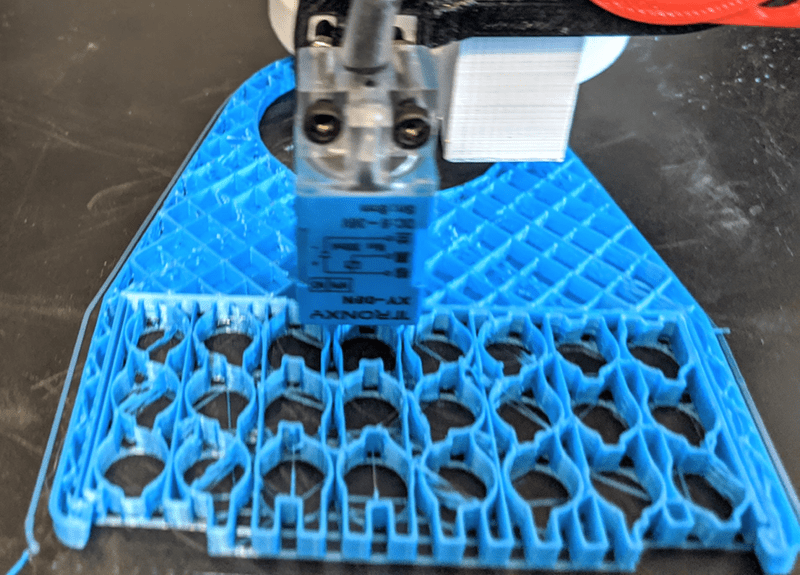At the dawn of 3D printing, support structures were something to avoid. ABS is a hard substance to clear off, and the slicers did a comparatively poor job of making structures that were easy to remove. Today, supports are not a big deal and most of the slicers and materials allow for high-quality prints with supports. We were printing something with supports the other day and noticed that Cura has a support floor and roof function. Curious, we did a quick search and found this very comprehensive post about the current state of support.
With 25 topics in the table of contents, this isn’t a 3-minute read. Of course, you might wish to skip over some of the first parts if you get why you need support and understand the basic ideas. We became more interested when we reached the geometry section.
The post talks about using the same material for support as most of us do. But it also covers using PVA or HIPS for support if you have a dual extruder printer. The other often overlooked method is to make a model that doesn’t require support, for example the post shows a statue that has design elements that make that possible. It also talks about using chamfered holes to prevent needing to support vertically-oriented holes.
Some of the advice is pretty obvious. For example, try to rotate the part so it doesn’t need support. However, some of it is pretty tricky, such as printing a mannequin at a 45-degree angle to reduce the amount of support needed.
Towards the end, they do talk about Cura-specific settings, which is where we found the answer about support roofing. Overall, a well-done post with a good mix of elementary information and advanced techniques.
If you’ve mastered support, you have no more excuses for not printing the Smithsonian artifacts or some of those cool NASA models. Oh, and the model in the picture? A sponge holder by [ajwammock].
















The article talks about tree supports, which I use a lot. It says that tree supports are not good for flat surfaces. However in my use they work in all situations and are extremely easy to remove. I would suggest giving them a try.
I am not afraid to ask anything
It’s a play on am old book title.
Hm. I only knew of the Woody Allen film, but you made me look it up. You’re right. There was an earlier book.
Even better now is a setting in a slicer that a colleague uses that allows it to have a thin layer of the PVA just at the point of contact with the print. This allows water solubility without using more then a few inches of a very expensive material.
Hi Stephen,
That option was very briefly shown in some of the vids from Prusa when they discussed MMU2 future upgrades. is the slicer that allows for point of contact PVA publicly available or open share. if not, which commercial slicer does your friend use, if it isnt free-ware.
Thanks,
MakerDoc